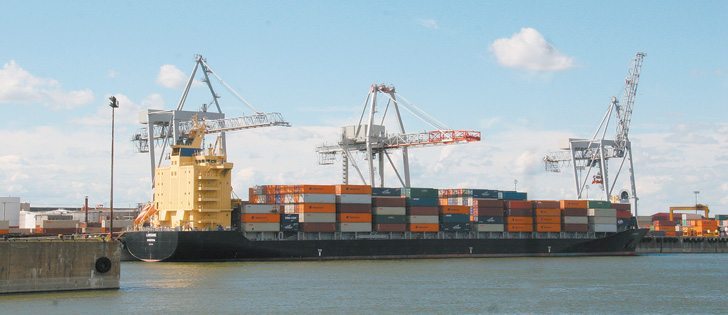In a recent speech to the Canadian Club, Bank of Canada governor Mark Carney called on businesses to invest in Canada now, an action he sees as the most likely to prevent our country from slipping into another recession.
Interestingly, attracting new investment is the primary focus of Canadian manufacturers and exporters, and we believe that businesses and governments must work together to achieve this end.
Government plays a critical role in all aspects of business in today’s interconnected economy, regulating its products, taxation and regional development. Governments and businesses agree that if we can make Canada an attractive place for investment, we will continue to grow, create jobs and generate the wealth required to look after the health and welfare of our citizens.
Read Also

Kochia has become a significant problem for Prairie farmers
As you travel through southern Saskatchewan and Alberta, particularly in areas challenged by dry growing conditions, the magnitude of the kochia problem is easy to see.
So the question becomes, how do we attract new investment? Let’s look at four key areas: taxation, regulation, energy and skills.
Tax strategy
Tax strategy is critical to attract investment, and Canada offers a clear advantage because it has one of the lowest corporate tax rates in the world.
As well, recent measures such as the accelerated capital cost allowance for new machinery and equipment have helped manufacturers convince their head offices to invest in Canada.
However, we need to keep working on our tax system to ensure that it continues to attract new investment. Tax measures that lead to business investment will result in better environmental performance, lower costs of production and a commitment to keeping jobs in Canada.
Regulation
Canadian manufacturers have identified excessive and duplicative regulation as the number one impediment to attracting new investment.
That is why the Beyond the Border and Regulatory Co-operation Council initiatives, which U.S. president Barack Obama and prime minister Stephen Harper recently announced, are so important. Reducing red tape will encourage new investment.
It is a particularly important issue because many products, such as nanotechnologies, will be regulated in the future.
Energy
Investment in the energy sector is the largest source of new investment in Canada.
The delay of the Keystone XL pipeline, which would carry oil from Alberta to the United States, has led to a greater understanding of our reliance on the U.S. energy market, the cost of regulation and the need for Canadian upgrading. A national energy strategy could address these issues.
For the business of chemistry, that strategy would offer an opportunity to link natural resources to value-added manufacturing.
Canada is rich in energy resources, including oilsands, shale oil and gas, and biomass from agriculture and forests. We also have incredible energy know-how in engineering and construction, marketing and management. As the demand for energy grows, we need to ensure that our expertise is put to work here in Canada.
Skills
Skills shortages in certain sectors and regions are well known, such as in Alberta’s oilsands. This is also a huge challenge for advanced manufacturers.
Many new firms are forced to train workers themselves, which takes away from their productivity.
Canada needs to improve the readiness of its workforce for the manufacturing sector, whether it be shop classes in high school, immigration policy or training mature workers.
This, in turn, will help attract new investment.
Attracting more business investment is a terrific New Year’s resolution for Canada. Let’s work together to bring it home.
Michael Bourque is vice-president for external relations with the Chemistry Industry Association of Canada.

















